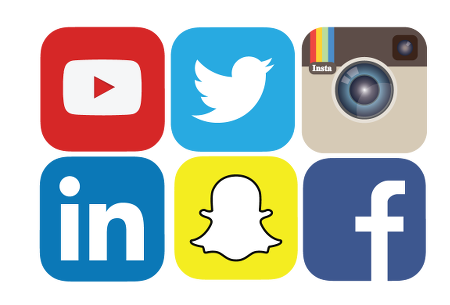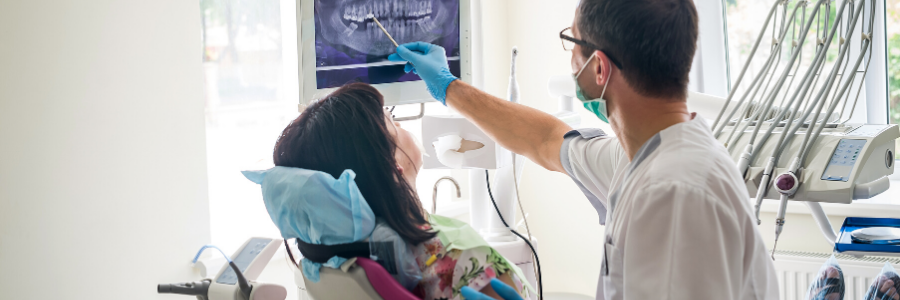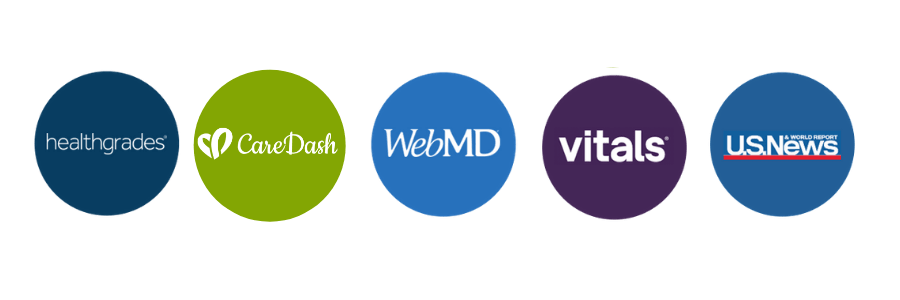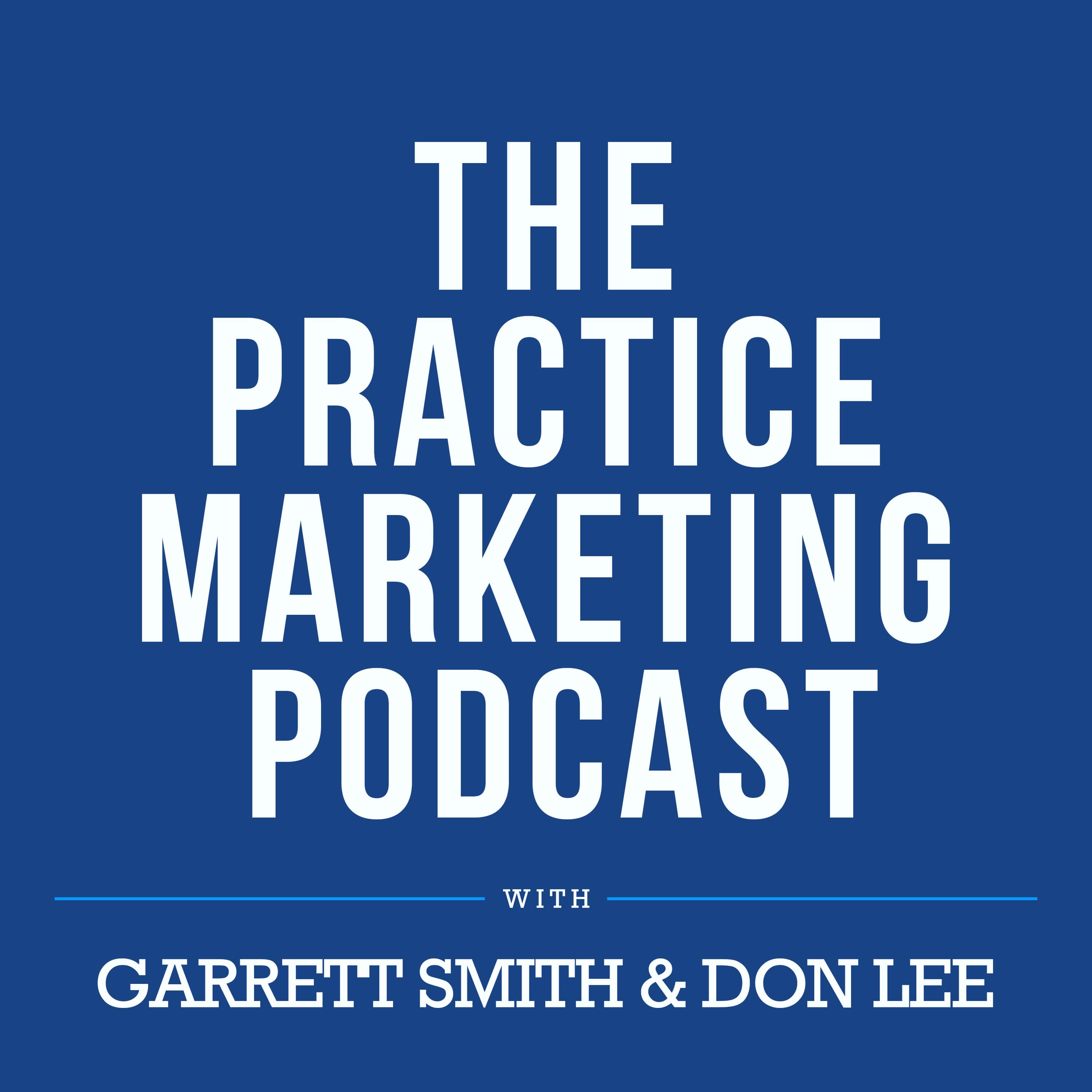Does “being social” mean you must to be on every single social network?
Thankfully, the answer is no. But it is important to understand your options by carefully considering which social networks will best serve your practice.
Here’s an overview of the major social networking platforms:
Facebook
Facebook is the social network for healthcare providers, regardless of their target audience. There’s simply no excuse for ignoring your presence on Facebook.
For one, most of your audience will be on Facebook, or at the very least, their parents will be. Nearly 90% of 18 to 29 year olds are on Facebook, with another 73% of 30 to 49 year olds using the social platform.
Percentages drop slightly for older generations, but an overwhelming majority are friending and posting and liking right along with the Millennials.
Facebook has also taken an increasing interest in local service provider discovery, implementing several enhancements that improves the ability for users to find healthcare providers (and other local businesses) more easily.
Further, Facebook offers outstanding demographic and location targeting via their paid advertising solutions, which allows practices to reach potential patients in their area for relatively low costs.
Google+ and Google My Business
Google+ isn’t as widely known or used as some of the other big social platforms, but it does play a large part in your local SEO, so it can’t be ignored.
It’s important to list your practice on Google+, since it’s part of the setup for your Google My Business profile, which powers the search engine results for many local healthcare related searches.
If you’ve ever done a search for a condition or treatment in Google, you’ve seen the map and list of three practices nearby on the search results page. These highly visible placements and listings are powered by the data found on your Google profile.
While many patients may not be hitting your profile and leaving comments like they would on Facebook, they will be seeing your information when entering searching phrases into Google that are closely associated with what you offer.
That is of course, if you’re setup and show-up…
Instagram
Instagram is one of the fastest growing social networks, thanks to its focus on stylish images and short videos.
Immediately embraced by a younger audience (think college student posting photos of lattes and frat parties or artists posting images of their work), Instagram was acquired by Facebook in 2012 and since grown to
The whole network depends on images and videos, so any healthcare practice that has a cosmetic or physical element is a perfect fit for participating on the network. We’re looking at you chiros, dentists, derms, orthopods and plastic surgeons!
This makes Instagram an ideal network for sharing photos of you and patients, before and after images of a procedure or treatment, or graphics that help explain basic anatomy or medical concepts.
Yes, you can do that without grossing everyone out.
Twitter
Twitter is one of the least understood social networks of all times. While not everyone can wrap their head around life in 140 characters, millions have.
Including your peers – and healthcare industry influencers. This makes Twitter a must-use, if you’re looking to expand your network or raise your profile. It’s also great to use when attending conferences or meeting to connect with other attendees or share the event with your audience.
You can also find patients on Twitter, but don’t expect a ton of appointment requests in your DMs. Since Twitter is most often used for consuming real-time news and commenting on one’s fleeting life moments, it’s not the first place patients go to find a medical provider.
Twitter does have a techier audience and is one of the few social networks to have more male than female users. The audience tends to be a bit younger, as well, with the majority of users between the ages of 18 and 29.
If for some reason you patients are a younger, mostly male audience, that’s tech-savvy, should definitely be on Twitter.
YouTube
YouTube is an important social network that’s not always thought of as one.
It’s not only an important social network, but it’s also the second largest search engine. That’s right, the only other website that gets more searches is Google!
What really makes YouTube important though, is the rising demand for video content online. Demand is so high that other social networks, such as Facebook and Instagram, have began giving preference to showing videos in their news feeds.
This has made video marketing an up and coming form of marketing your practice. And YouTube is the easiest place to do it.
With YouTube, you can post short video bios, educational videos on procedures and medications, as well as tell patient success stories. YouTube users can subscribe to your practice’s YouTube channel and even comment on the individual videos, providing opportunity for further engagement.
Videos posted on YouTube can also be embedded on your website and shared on social networks with the click of a button, both aiding in communicating the value your practice to provides and documenting your professional expertise.
LinkedIn
LinkedIn isn’t necessarily known as a place where patients are going to go to online to find doctors however, it’s still important for credibility among other doctors who may be giving referrals. Patients are also spending a lot of their professional social media time on LinkedIn so having a presence here certainly doesn’t hurt and if anything it will add simply aid in the perception that you’re running a reputable practice.
Other Social Platforms
Seemingly everyday another social network pops up, especially among the younger generations. Expect this trend to continue for the foreseeable future.
One social network to pay particular attention to over the next few years is Snapchat. Snapchat has exploded in the past two years, growing in popularity with younger audiences who love to send disappearing pictures and videos.
Few, if any, healthcare provider can claim their successfully using the platform, so don’t think you have to jump right in and start ripping selfies.
Try experimenting with new social sites to see what works and what doesn’t. New platforms are often the most valuable to users who get in early.








Social Media is the New Word of Mouth
It should come as no surprise that patients prefer the opinions of their social groups to the advertising and marketing they’re bombarded with daily.
That’s why word of mouth is how 92% of people make their purchase decisions.
Word of mouth has been around as long as speech; friends could recommend the best blacksmith or the best place to trade vegetables. You know this as a healthcare provider too.
Referrals from your patient’s friends and family are likely one of your top sources of new patients for your practice.
Only recently, social media has become the new word of mouth, something we speak about frequently with practice managers and providers.
With the advent of social media, word of mouth has become, “trackable, attributable, and optimizable.” You now have access to these word of mouth transactions in real-time and the ability to proactively create and participate in them thanks to social media.
You can watch real time conversations where friends recommend a favorite business to another friend – maybe even your practice.
Even more important than the ability to influence word of mouth, you can use social media to generate awareness for your practice, spread the word about innovative services you offer and engage with patients about medical conditions concerning them.